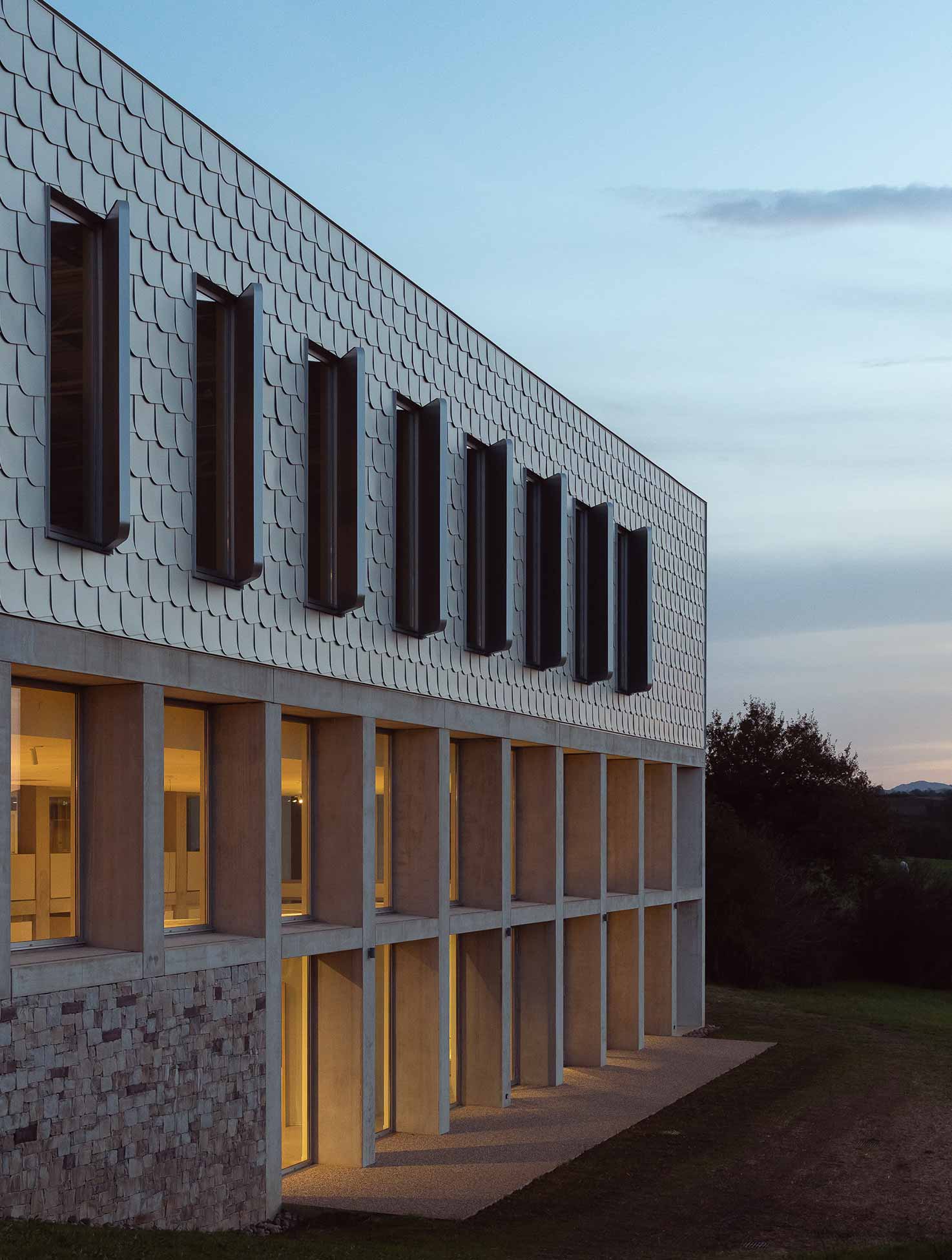
The new ALKI headquarters brings together its manufacturing workshops, offices, and an exhibition showroom on a single site. The project’s design is based on a frugal approach to land use, respect for the topography, and optimized energy efficiency.
Compactness in Service of the Territory
When ALKI’s cooperators began planning this new site, they initially considered occupying two plots separated by an existing road. Given the scarcity of available land in the Basque Country, our first decision was to limit the footprint to a single plot, prompting a complete reassessment of the manufacturing process. Instead of a traditional linear layout, we opted for a system where the production chain wraps around the storage areas, reducing the building footprint and minimizing thermal losses.
Making Use of the Topography
The storage and workshop areas must be on a single level to ensure an efficient workflow. However, the site features a slope of more than seven meters. Rather than seeing this as a constraint, we leveraged it to create a highly efficient layout: the production workshop remains on a single level for seamless operations, while below, the parking area, showroom, and offices benefit from an open view and a quieter environment. This approach also significantly reduced the planned land artificialization.
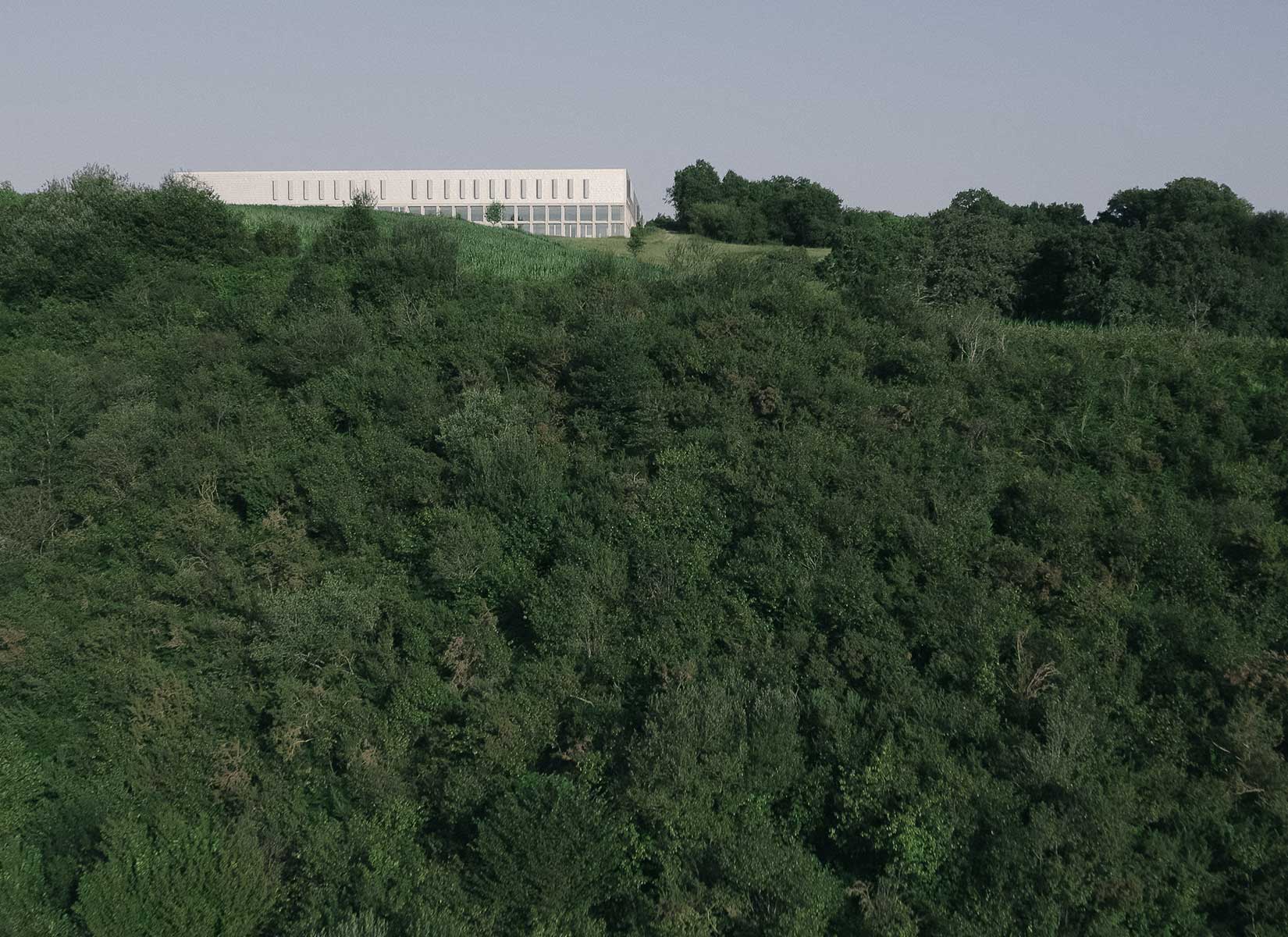
PHOTOS BY Pierre Leibar
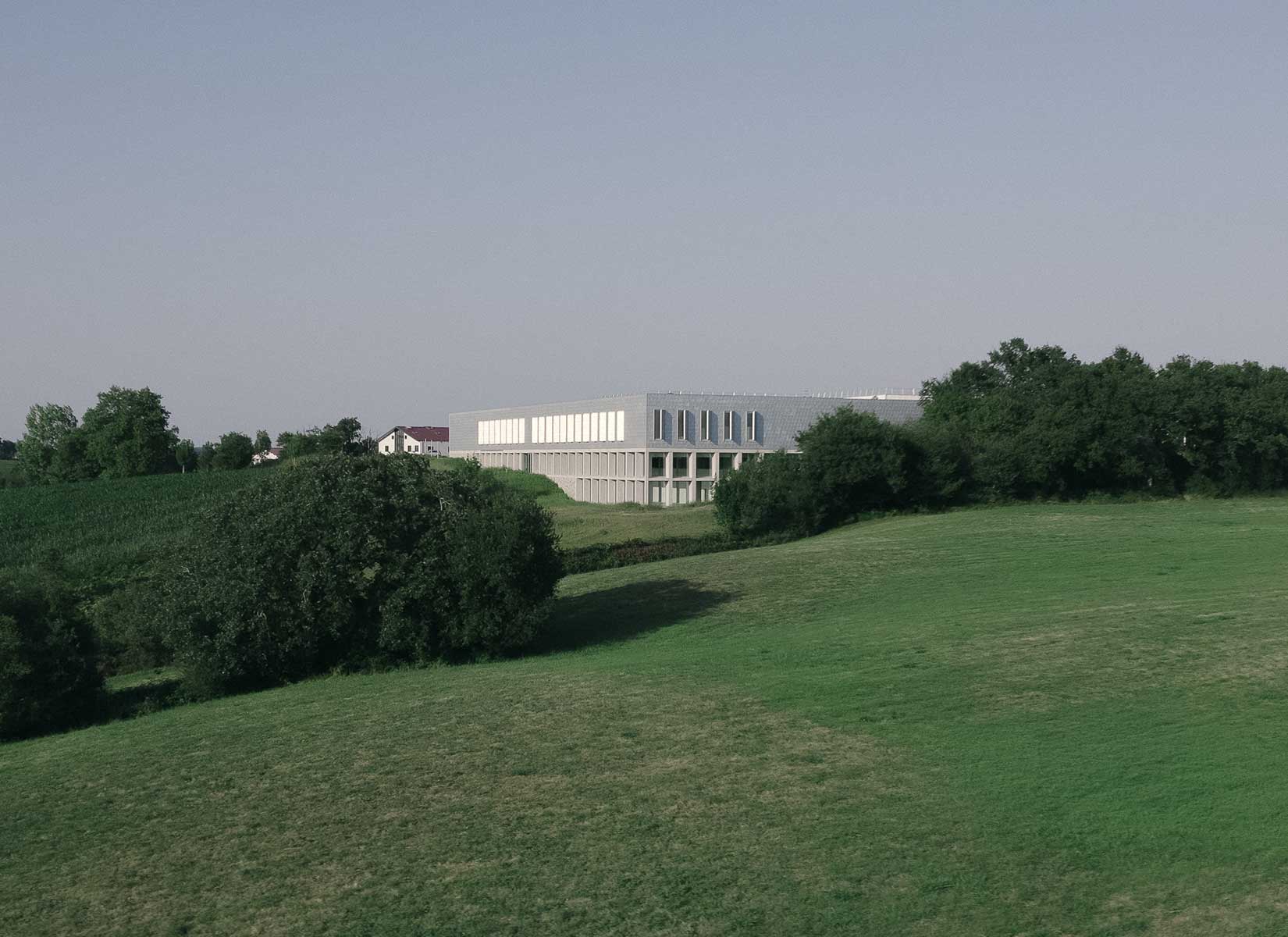
PHOTOS BY Pierre Leibar
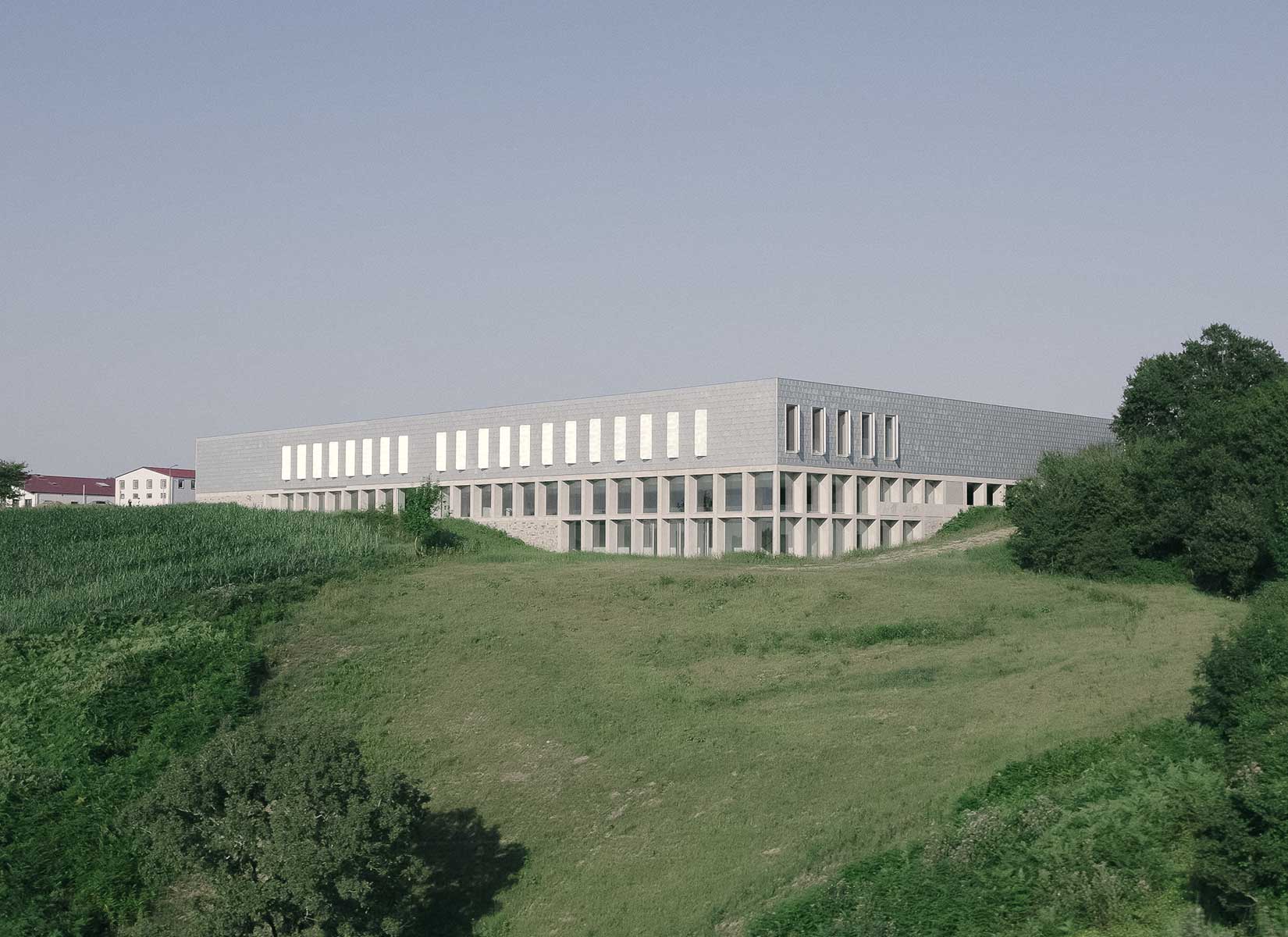
PHOTOS BY Pierre Leibar
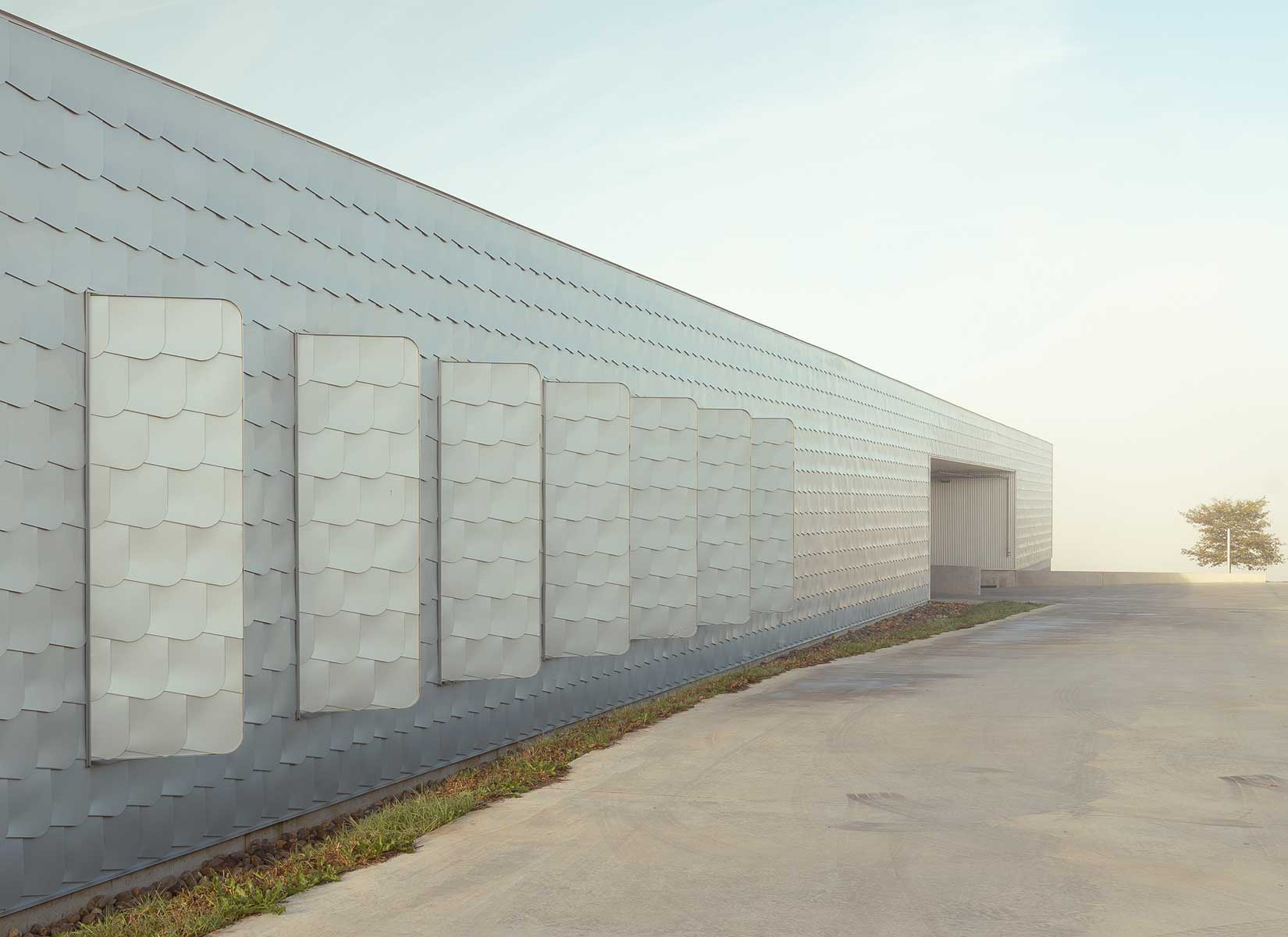
PHOTOS BY Pierre Leibar
Structural Rationalization and Thermal Performance
The architectural design follows a regular structural grid (6x6m reinforced concrete) combined with a metal framework with lattice beams, allowing for large, unobstructed spaces. Enhanced insulation and ALKI cooperators’ acceptance of a broad thermal range (10-30°C) enabled the elimination of heating and air conditioning, thereby optimizing energy consumption.
A Zero-Energy Workshop
The entire site aims for energy self-sufficiency through the installation of rooftop photovoltaic panels, covering the building’s
annual energy needs. By limiting land artificialization, optimizing building compactness, and eliminating the need for heating and air conditioning, the project significantly reduces its carbon footprint while ensuring optimal user comfort.
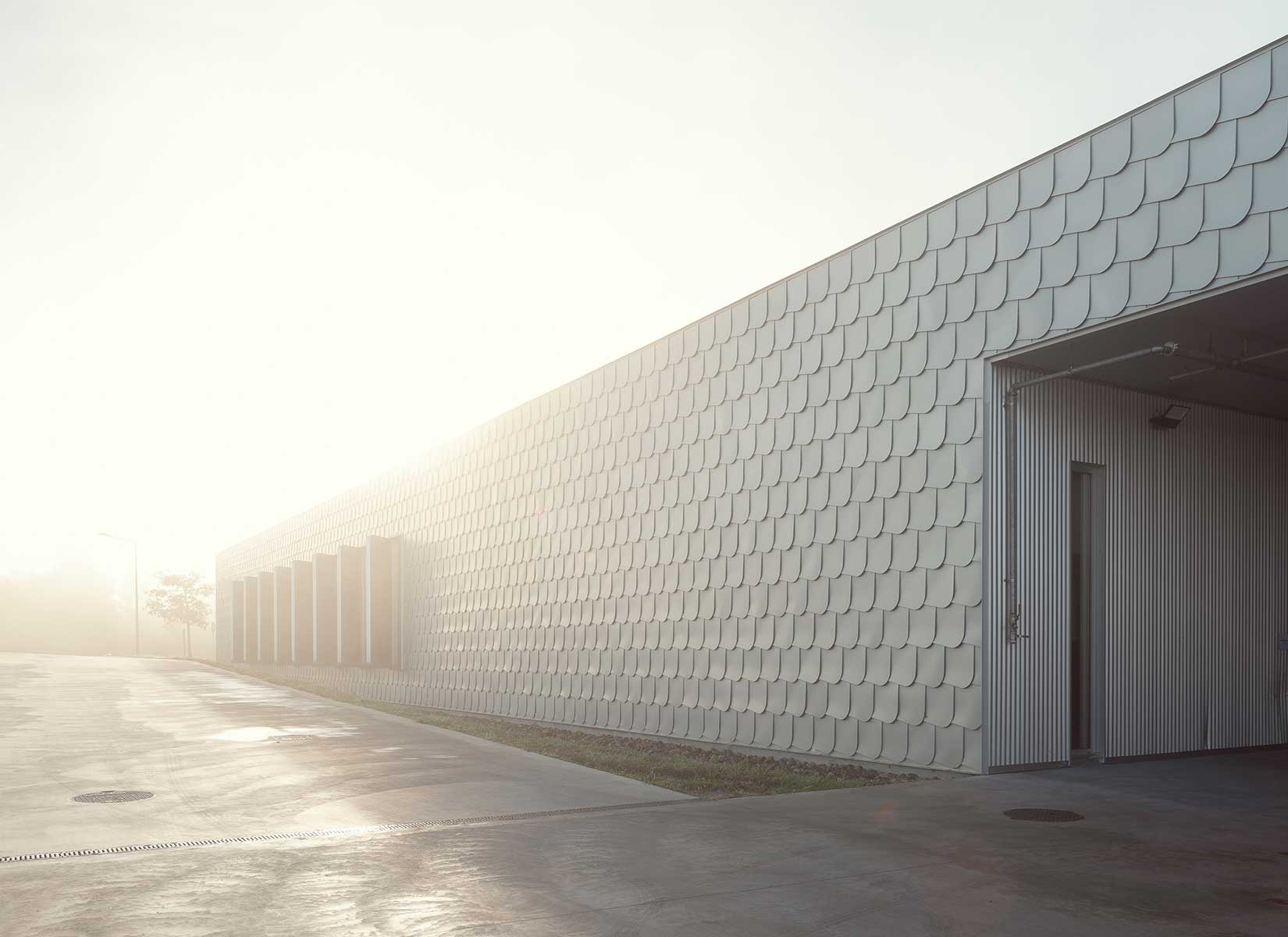
PHOTOS BY Pierre Leibar
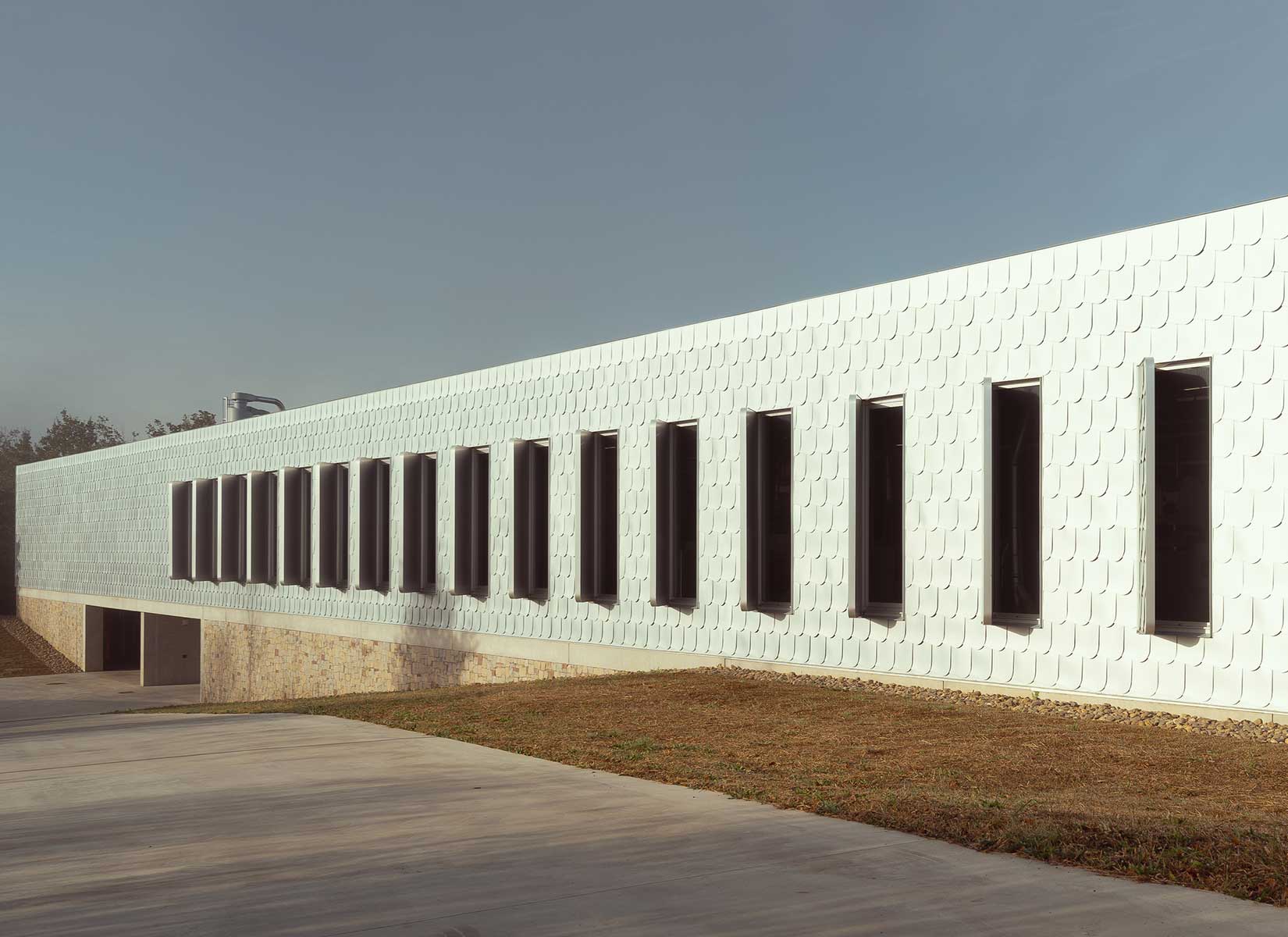
PHOTOS BY Pierre Leibar
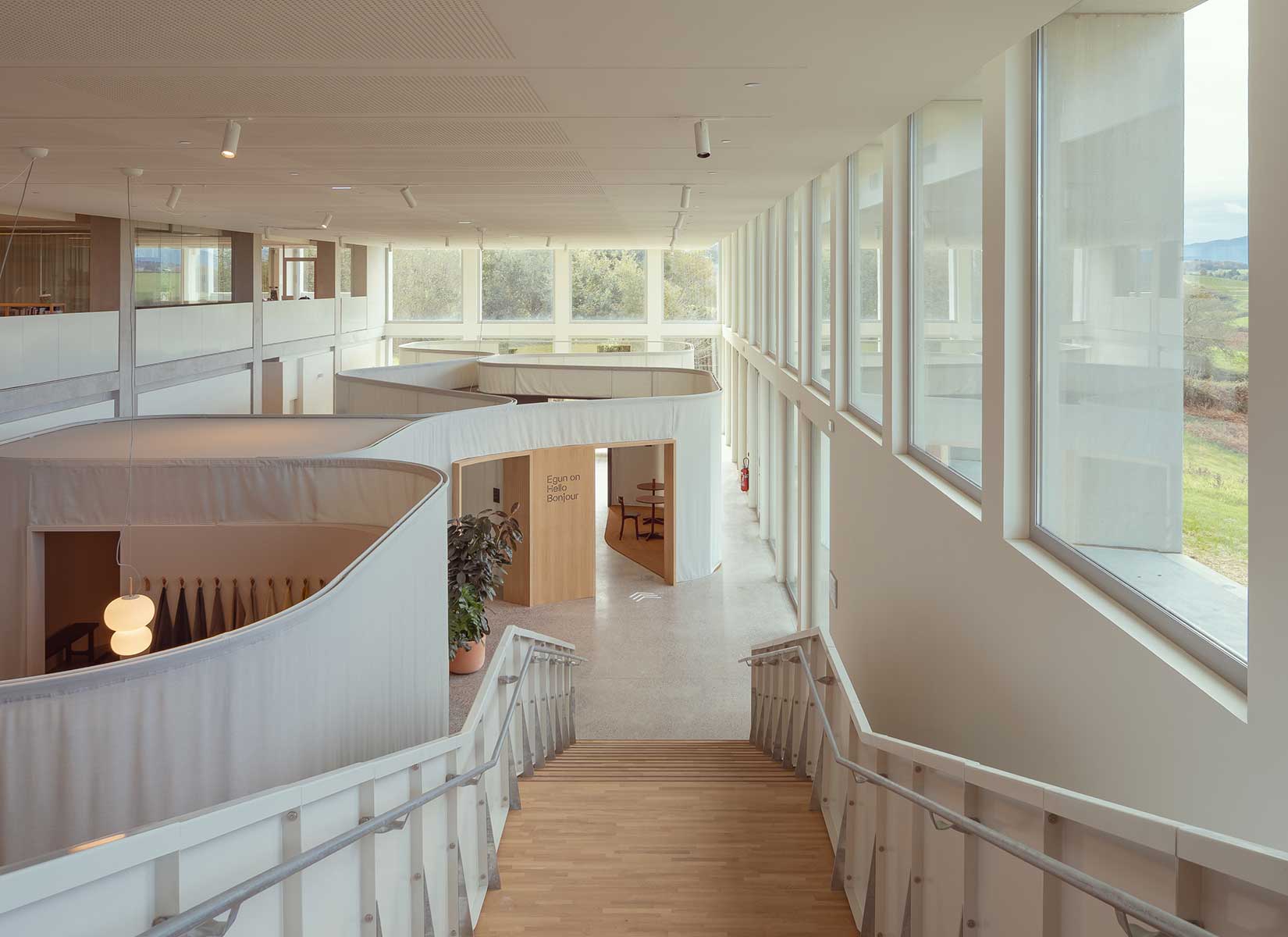
PHOTOS BY Pierre Leibar
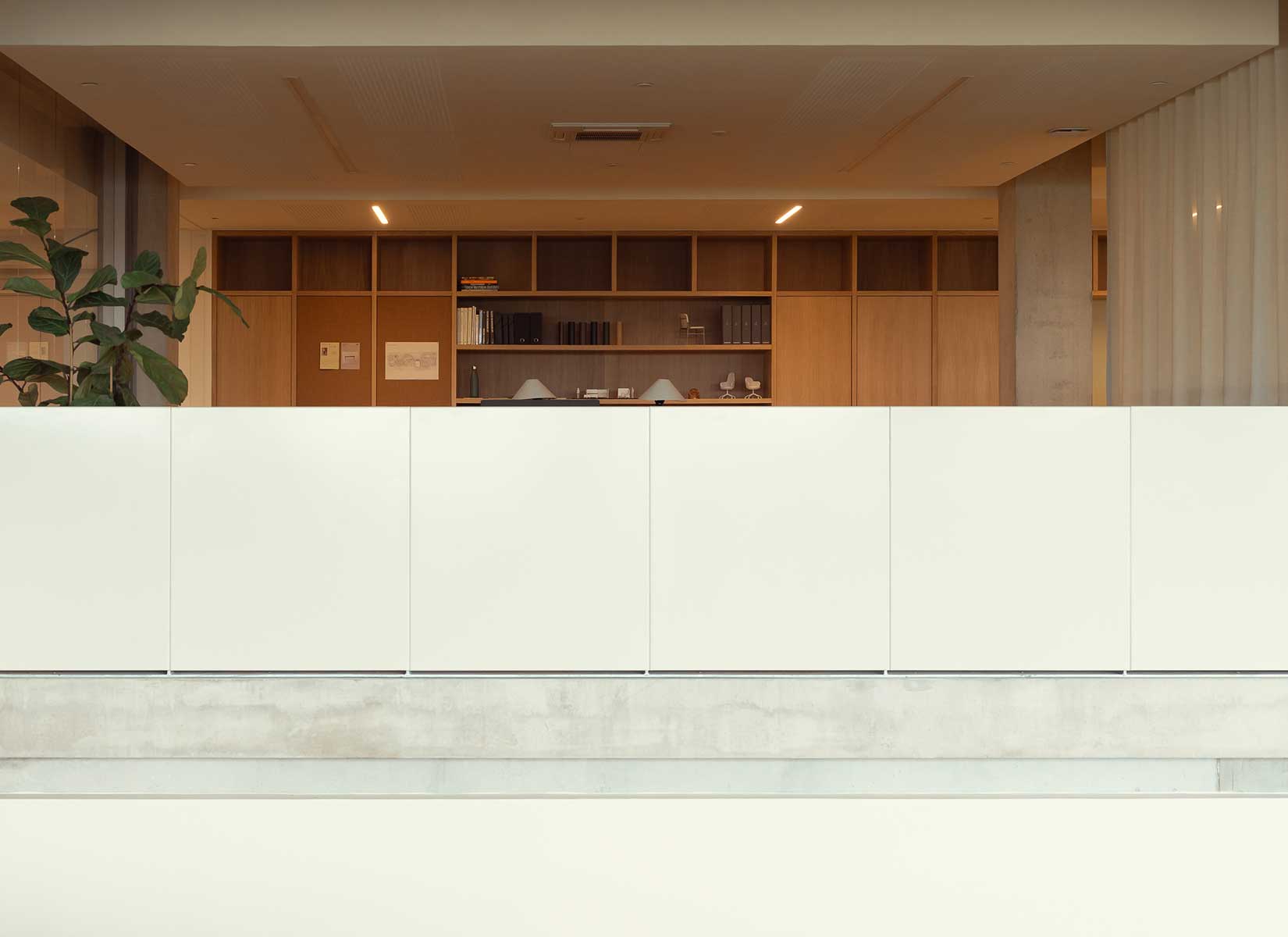
PHOTOS BY Pierre Leibar
Project information
- Architect:Leibar Seigneurin Architects
- Location:France,
- Project Year:2024
- Photographer:Pierre Leibar
- Categories:Commercial,Industrial Plant,Sustainability,Warehouse